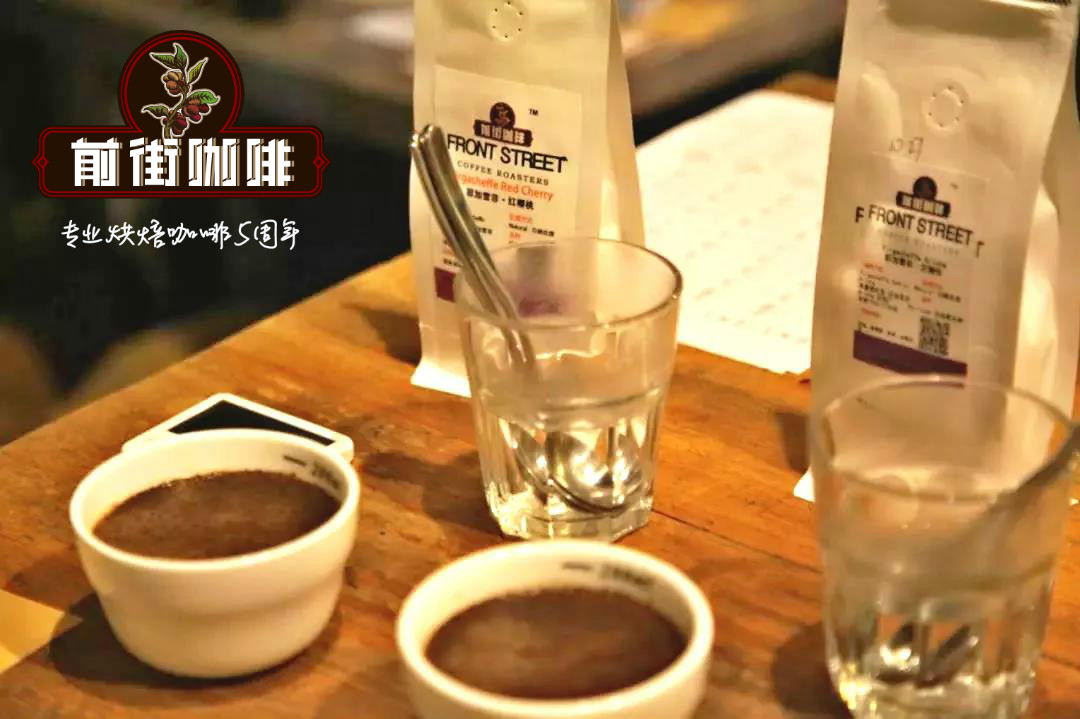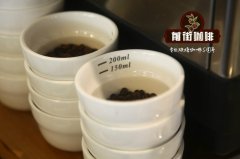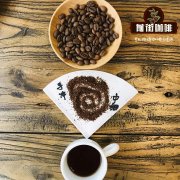Flavor and texture of Panamanian Rosa Coffee

Professional coffee knowledge exchange more coffee bean information please follow the coffee workshop (Wechat official account cafe_style)
The Typica variety, exported in 1931 from the Geisha Mountains in southern Ethiopia, is also known as geisha because it is synonymous with the Japanese word for geisha. Several countries have tried to grow it, but it has been unknown and was transplanted to Panama in 1961. Since 2005, Geisha, produced by Panamanian Manor, has become a regular customer of COE.
Rosy summer coffee, English is Geisha Coffee, because the transliteration is the same as Japanese geisha, and have the name of geisha coffee, but many baristas do not like this title, they think that this coffee should not have the impression of a Japanese geisha, so more and more people use the Chinese name Rosa, which sounds more aesthetic.
Rosa Coffee was carried forward on the estate of Panama, but it is the story of an alien prince who succeeded in becoming the new king. The rose summer coffee tree species was discovered in Ethiopia, and then transferred from the coffee research institute in Kenya to many African countries such as Uganda and Tanzania. It is a kind of coffee that has not been taken seriously, but only for research.
After someone later introduced Rose Summer to Costa Rica, through the connection of Don Pachi Manor, Rosa Coffee was brought into Panama, and some Rosa trees can be seen in each manor because they were used as windbreaks for coffee trees, yes, you read correctly that they are windbreaks, and the output of Rosa trees is unstable, often mixed with ordinary coffee beans, not a major coffee bean project. It was not until around the year 2000 that a manor found that the taste of Rose Summer was actually very delicious, and he was not sure whether the taste would cater to unruly coffee lovers.
If you want to fully show the personality of Rose Xia, you have to work hard on baking. Rose summer is generally planted at a high altitude of more than 1500 meters. What we get from Qianjie coffee is 1700m hard and high-density beans, which are full in shape, medium grain size, thick and long, and pointed at both ends.
In order to highlight the characteristics and aroma of this bean, Qianjie coffee is roasted shallowly, so that the roasting degree can show the characteristics of the bean itself. If it is too deep, it will lose the aroma of flowers and fruit acid, of course, this should also be adjusted according to the characteristics of the coffee bean and the roaster's understanding of the bean itself.
Qianjie in the baking process should pay attention to, rose summer baking curve should not be too long, otherwise the flavor will be rigid. After an explosion, the temperature rise should not be too high, the two ends of Rose summer are sharp, it is easy to have black focus, the temperature rise below 6 degrees will be better, shallow baking will reveal the aroma of tea rose.
Recommended parameters for Qianjie cooking:
Pastry Cup / 91 ℃ / 1 15 / time 2 hours 39 Ten 10 "
Flavor: rose tea, citrus, jasmine, sucrose, green tea, etc.
Related recommendation: what does the red mark, green mark and blue mark of Panama Colombian Rosa Coffee mean?
Important Notice :
前街咖啡 FrontStreet Coffee has moved to new addredd:
FrontStreet Coffee Address: 315,Donghua East Road,GuangZhou
Tel:020 38364473
- Prev

How to distinguish between genuine and fake Blue Mountain Coffee beans introduction to the flavor characteristics of Jamaican coffee producing areas
Professional coffee knowledge exchange more coffee bean information Please follow the coffee workshop (Wechat official account cafe_style) speaking of coffee, nothing is more famous than Blue Mountain Coffee, no matter whether people who drink coffee or not have heard of Blue Mountain Coffee. Yesterday we talked about Hawaii, the hometown of Coffee Queen KONA, and today I
- Next

Introduction of Panamanian Rosa Coffee varieties Why Panamanian Rosa coffee beans are so expensive
Professional coffee knowledge exchange more coffee bean information Please follow the coffee workshop (Wechat official account cafe_style) for a long time underestimated or even ignored Panamanian coffee beans, until the annual international cup test competition held in recent years, the emergence of the best coffee in Panama Best of Panama and Panama Emerald Manor (Hacienda La Esmeralda) has completely changed, this cup
Related
- Beginners will see the "Coffee pull flower" guide!
- What is the difference between ice blog purified milk and ordinary milk coffee?
- Why is the Philippines the largest producer of crops in Liberia?
- For coffee extraction, should the fine powder be retained?
- How does extracted espresso fill pressed powder? How much strength does it take to press the powder?
- How to make jasmine cold extract coffee? Is the jasmine + latte good?
- Will this little toy really make the coffee taste better? How does Lily Drip affect coffee extraction?
- Will the action of slapping the filter cup also affect coffee extraction?
- What's the difference between powder-to-water ratio and powder-to-liquid ratio?
- What is the Ethiopian local species? What does it have to do with Heirloom native species?

